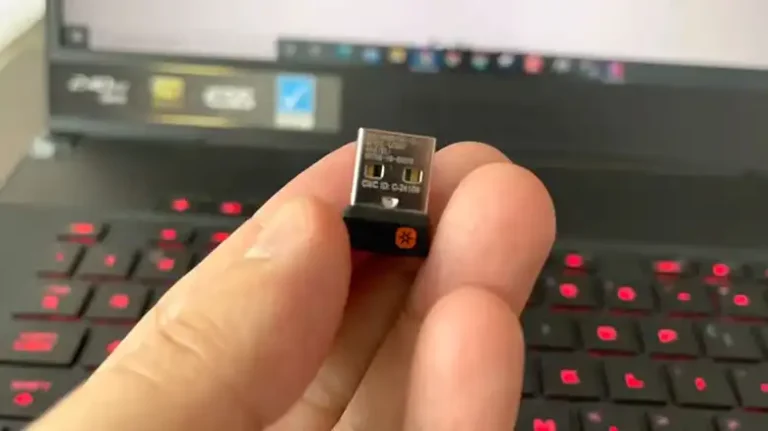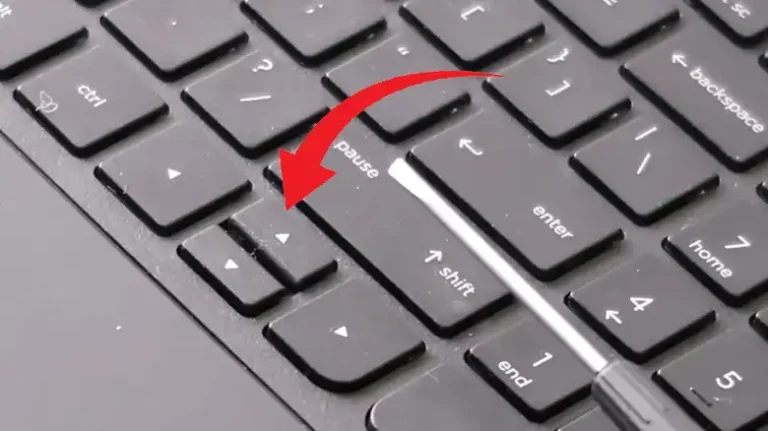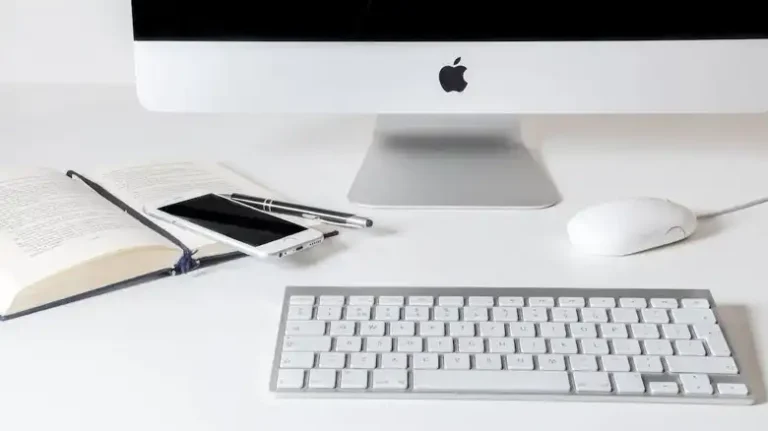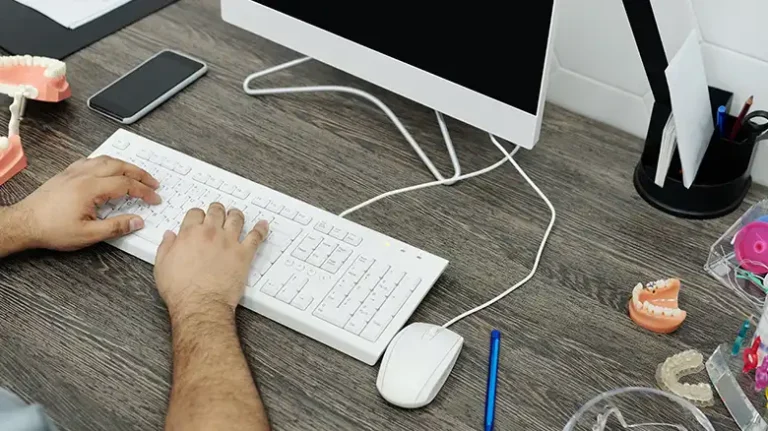How to Wake Up Wireless Keyboard? Simple Tricks
Wireless keyboards are incredibly convenient for computer users who value flexibility and range of motion. However, they can occasionally be stubborn and refuse to wake up from sleep mode. When your wireless keyboard won’t respond, there are several troubleshooting techniques you can try to get it working again.
Having a wireless keyboard makes using my computer so convenient. But sometimes my wireless keyboard can be stubborn and won’t wake up from sleep mode, which can be pretty frustrating when I need to get work done. As someone who relies on the wireless keyboard every day, I’ve learned a few tricks to keep it functioning properly, including get it working again when it starts acting up.
Simply put, you can press any key, move the wireless mouse, turn the power button off and on quickly, etc to wake up the keyboard. For further information, keep reading!

Why Do Wireless Keyboards Go to Sleep?
The main reason wireless keyboards go to sleep in the first place is to conserve battery power. My keyboard automatically goes into sleep mode when I haven’t used it for a little while. This helps extend the battery life, which I appreciate since I don’t want to be changing batteries constantly.
Process for Waking Up a Wireless Keyboard
When my wireless keyboard won’t wake up, the first thing I try is pressing any key. Often a simple key press will snap it out of sleep mode and get it working again. If that doesn’t do the trick, here are a few other things to try –
Way 1. Moving my mouse. Since my keyboard and mouse share a receiver, jiggling the mouse around sometimes wakes the keyboard up too.
Way 2. Pressing the power button on the keyboard if it has one. Toggling the power button quickly essentially turns the keyboard off and on again.
Way 3. Connecting the USB receiver to a different USB port. If the port it’s currently connected to isn’t powered on, no amount of pressing will work.
Any of them will successfully wake your keyboard up. But still, if the condition persists, you can go for these troubleshooting tips –
- Replacing the batteries with fresh ones in case the battery is drained.
- Trying a different USB port in case the original one is faulty.
- Restarting my computer to clear any minor software glitches.
- Updating the keyboard drivers from the manufacturer’s website.
Bonus Tips
Here are a few other things I keep in mind when trying to wake a wireless keyboard –
- Make sure Bluetooth is enabled if I have a Bluetooth keyboard.
- Check that the USB receiver is securely plugged into a powered-on port if using a receiver.
- Making sure my laptop itself isn’t in sleep mode.
- Checking that my desktop computer isn’t in hibernation mode.
People Often Ask
Why does my wireless keyboard sometimes require troubleshooting when my wired keyboard works flawlessly?
Unlike wired keyboards which have constant power provided by the USB cable, wireless keyboards rely on battery power and wireless connectivity, so there are more potential points of failure. The battery could be low or the wireless signal interrupted, requiring some troubleshooting to get reconnected.
How can I prevent my wireless keyboard from going into sleep mode so often?
Some wireless keyboards allow you to disable sleep mode or adjust the idle time before sleep through software settings. Check your keyboard manual for details. You can also ensure you are actively using the keyboard regularly which will prevent it from idling long enough to go to sleep.
Does the specific USB port I plug my wireless receiver into matter?
It can. Some USB ports may provide more consistent power, particularly ports directly connected to the motherboard rather than through a hub. If you are having sleep issues, try plugging directly into the motherboard or experimenting with different ports.
How do I update drivers for my wireless keyboard?
You’ll need to download the latest driver software from the keyboard manufacturer’s website. The installation process varies but typically involves running an exe file and following the prompts to update your existing drivers. Be sure to choose the correct operating system.
My keyboard lost connection – what should I check first?
If your keyboard is no longer responding, the first thing to check is that the batteries are fresh and the USB receiver is fully plugged into an active port. Also, try moving the keyboard closer to the receiver to rule out any signal issues. Re-pairing the devices can often resolve wireless connection problems.
Conclusion
With some simple troubleshooting techniques, you can often get your unresponsive wireless keyboard working again quickly. While wireless keyboards may require a bit more maintenance than wired ones, most users find the flexibility and convenience worth the occasional hassle.





